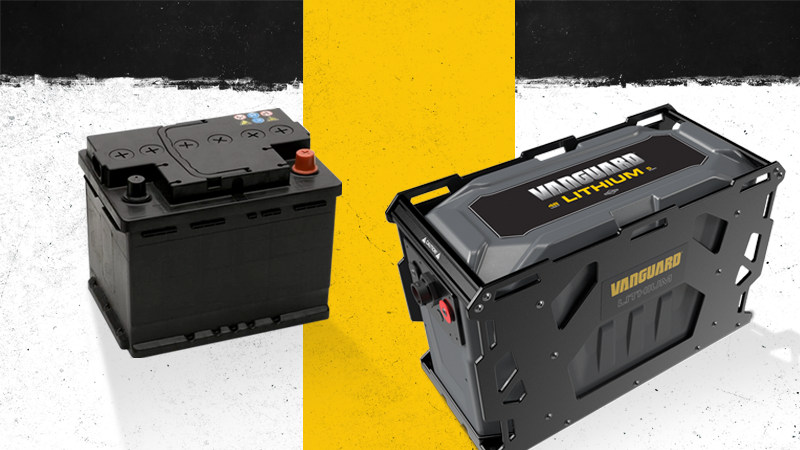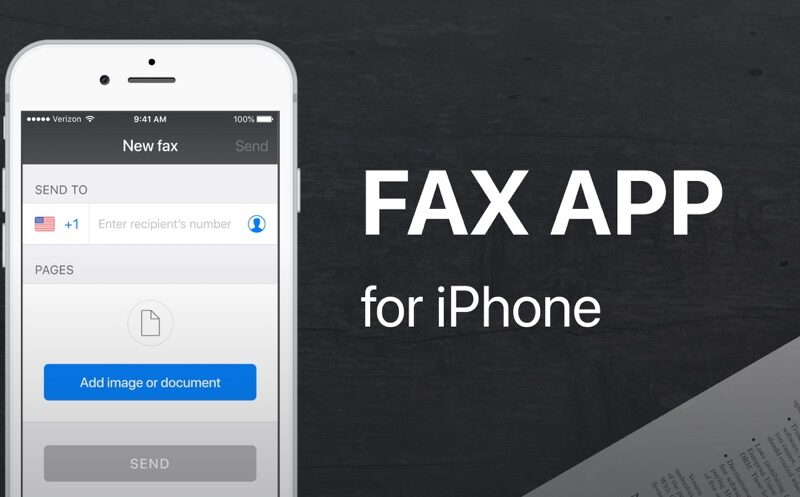07
Apr
It cannot be stressed enough just how important it is to get the correct battery to power a device. It is enough to find the correct battery, from the apparent size difference between AA and AAA batteries to the harder differentiate car batteries and deep cycle batteries. Still, it is also essential to pick the best battery type with your choice of battery. Picking the correct battery type from lithium and lead-acid batteries plays an essential factor in your device's performance. The two battery types, lead-acid and lithium, are the most common and popular options to choose from as they…





